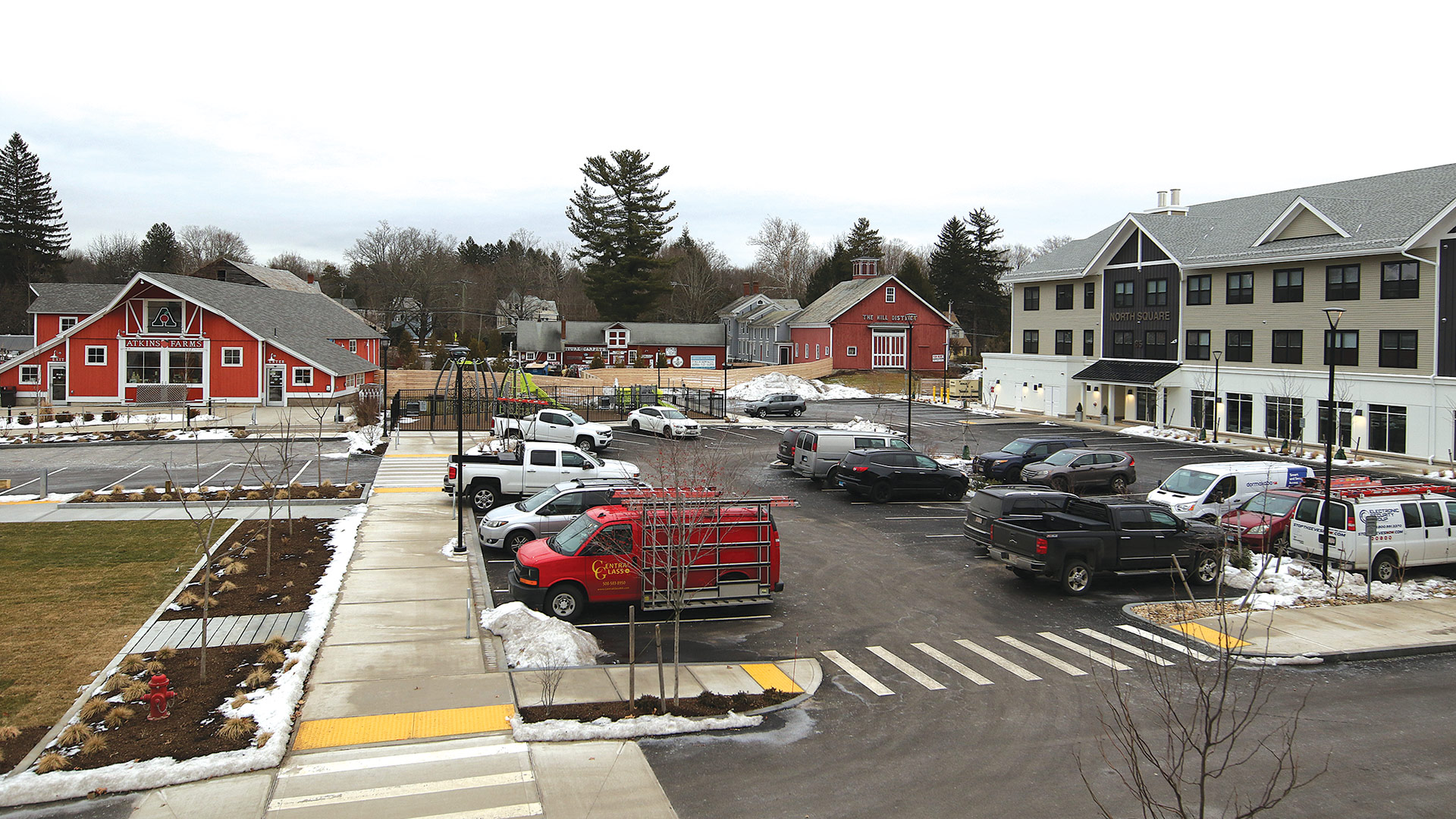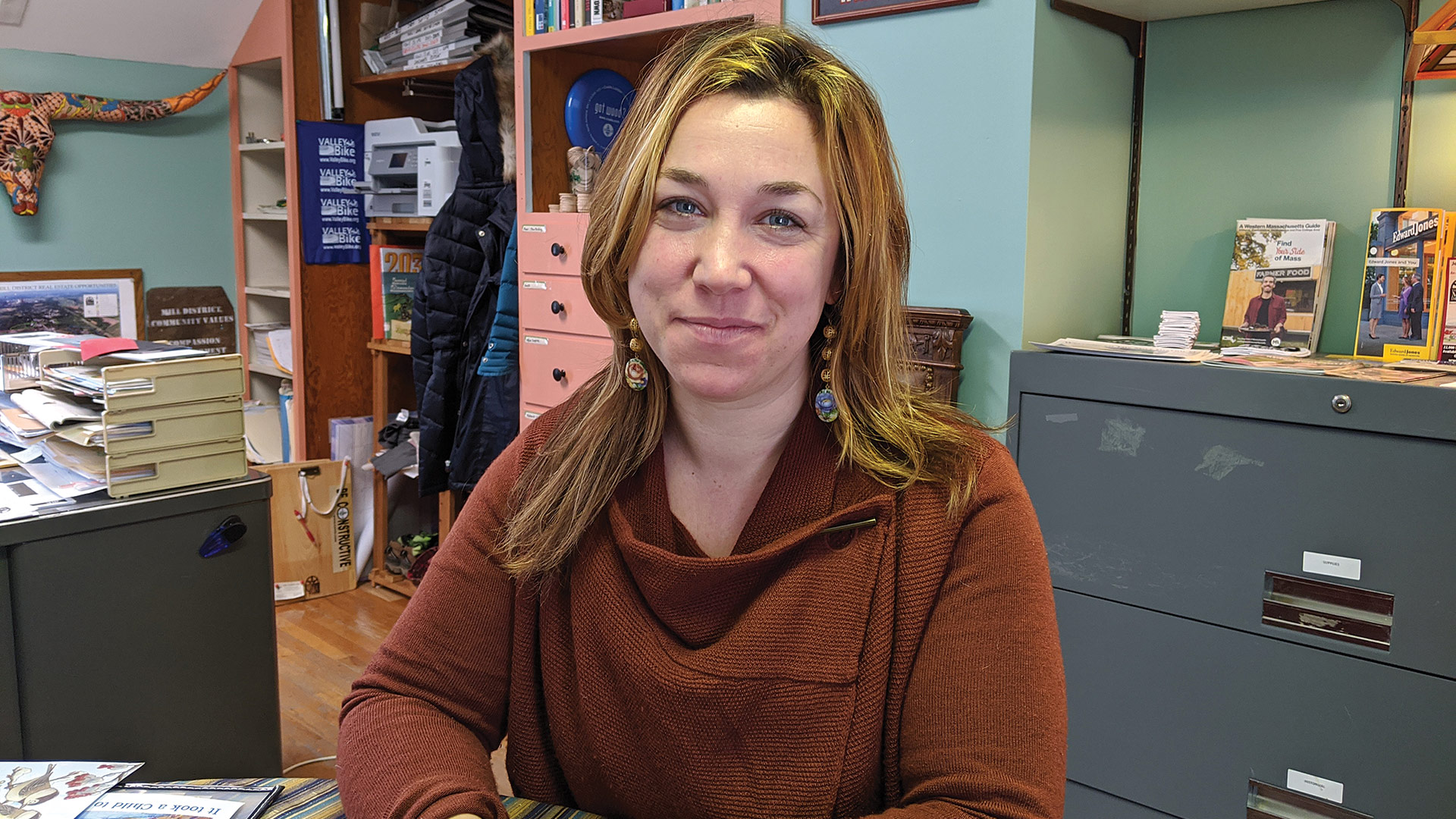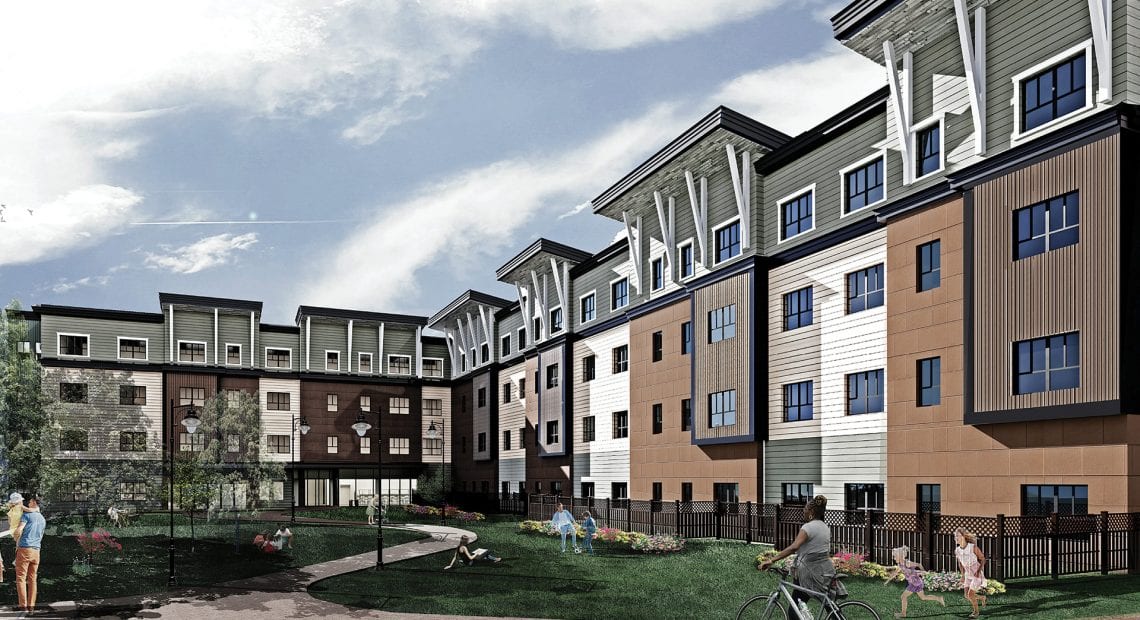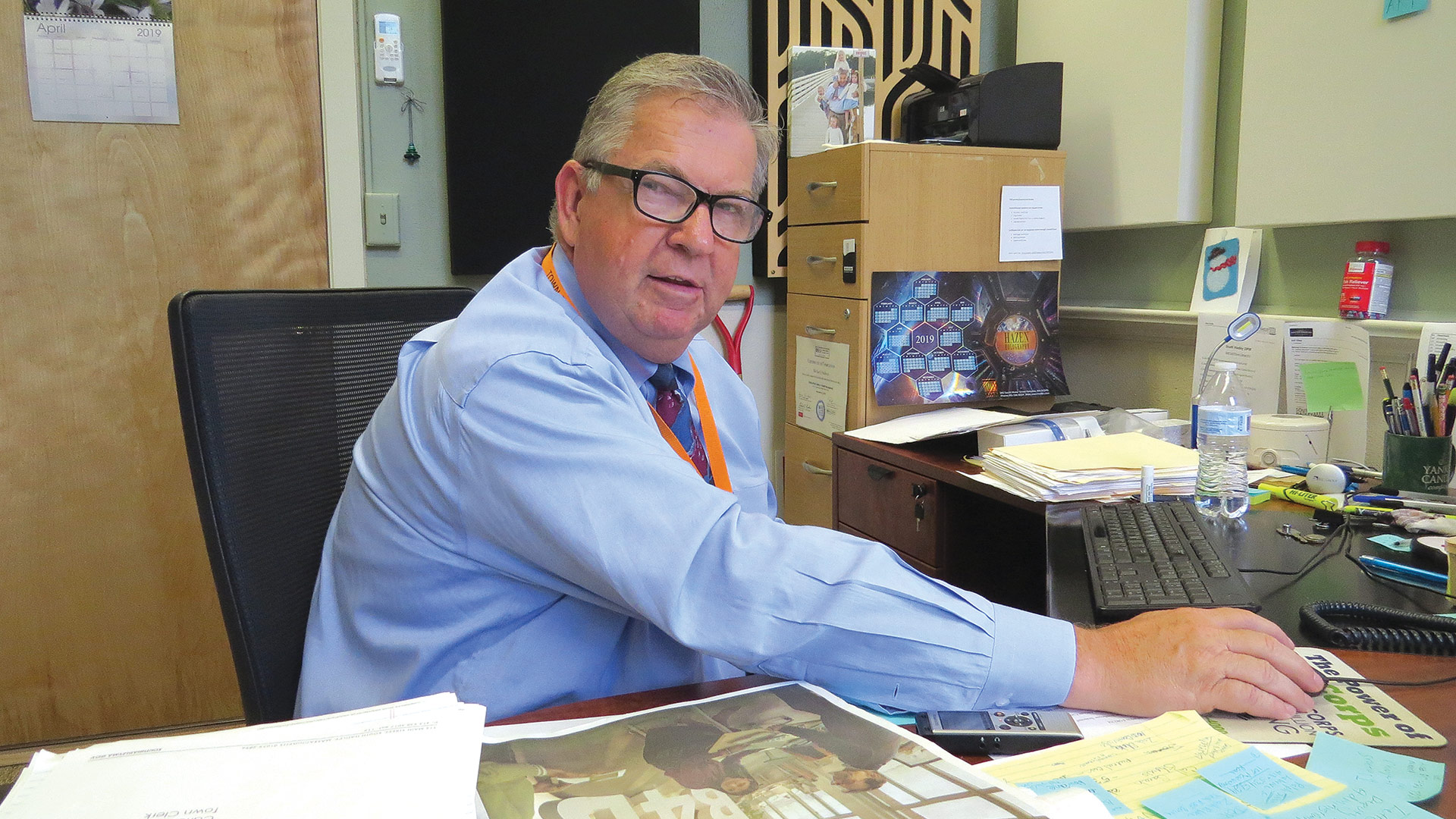Suspense Is Building
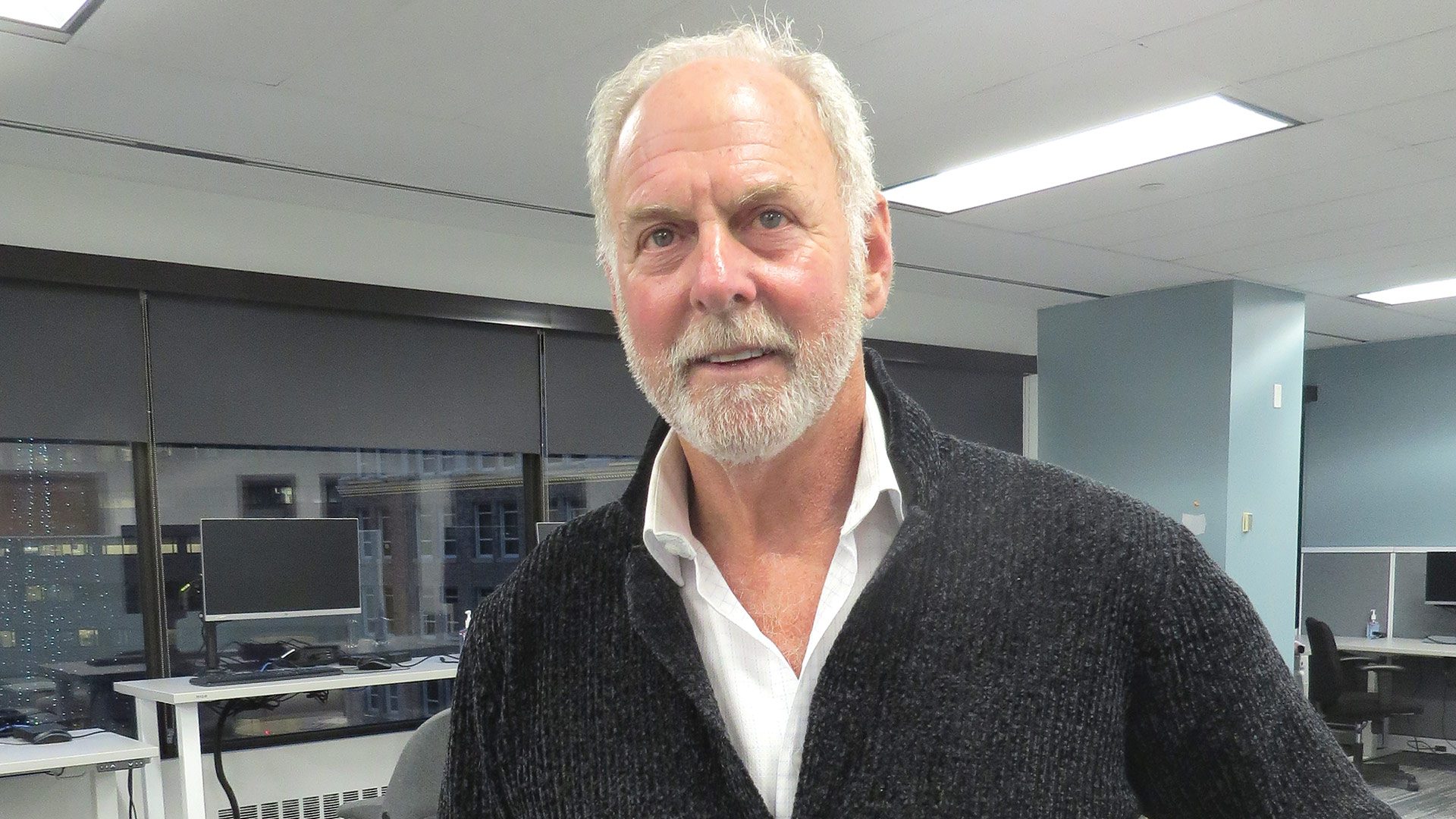
Evan Plotkin shows off the new offices of the Department of Children and Families, one of several new tenants at 1350 Main St. in Springfield.
Evan Plotkin can look out the windows of his offices on the 14th floor at 1350 Main St. and see many signs of progress, and momentum, in downtown Springfield.
Across neighboring Court Square, the renovated hotel at 31 Elm St. that had been vacant and deteriorating for years is getting set to welcome its first residential tenants. Meanwhile, the park itself is undergoing a much-anticipated, $6 million facelift.
Further south on Main Street, Plotkin, president of the real-estate company NAI Plotkin, referenced the so-called Clocktower Building and, behind it, the Colonial Block, two more mostly vacant, underutilized properties that are being targeted, like the former Court Square Hotel, for market-rate housing that is expected to bring more people, vibrancy, and opportunities for retail and hospitality businesses to the downtown.
Gesturing in a different direction, he referenced the new parking garage rapidly taking shape where the dilapidated Civic Center garage once stood. That garage and accompanying facilities are expected to provide another jolt of energy downtown, he noted, and be much more than a place to park cars.
“There’s new energy coming into the city,” he said, noting that he met with the Chicago-based group named the preferred developer of the Clocktower Building and Colonial Block project, and came away impressed with their enthusiasm for doing something in Springfield. “I think we’re really turning a corner; I think we’re at a tipping point.”
“There’s new energy coming into the city. I think we’re really turning a corner; I think we’re at a tipping point.”
For other signs of progress, momentum, and turning the proverbial corner, Plotkin doesn’t have to look outside his windows. Instead, he can get in the elevator outside his suite of offices and ride in either direction.
Going down a few floors, he can point out the new offices of the Department of Children and Families (DCF), which now occupies the seventh and eighth floors, which had long been vacant. Going down to the sixth floor, he can show off the new digs of the Committee for Public Counsel Services.
And by pushing the button for the lobby, Plotkin can show off many intriguing new developments, including Keezer’s Classic Clothing, the oldest second-hand fashion store in the country. The store, which opened in late November, is one of several new women- and Latino-owned incubator businesses now located in former bank offices transformed into what’s known as 1350 Market, a program oversen by the Latino Economic Development Corp. He also pointed to what had been a Santander Bank branch at the front of the property facing Main Street, space now being considered for a new restaurant. There’s even a new gym on the ninth floor.
Plotkin pushed all those buttons during a recent tour of 1350 Main, a building that has had several vacant or mostly vacant floors in recent years but is rapidly filling in those spaces, with the promise of more. Indeed, he said a party has expressed strong interest in the top two floors of the property, once the corporate headquarters for Bank of Boston.
These developments obviously bode well for this office tower, he noted, adding that he and his business partners recently acquired the first five floors from its previous owners and now own the entire property.

Wenting Jia, left, has partnered with Dick Robasson, owner of two Keezer’s locations in Cambridge, to bring the concept to Springfield.
But they also bode well for the downtown area, he said, noting that the new tenants mentioned earlier bring a combined 400 or so workers to the central business district on a daily basis, providing a boost for restaurants and other businesses.
They also help what has been a somewhat sluggish office market in the downtown, Plotkin explained, noting that these new leases take space off the market, creating better demand for existing vacant space and potentially higher lease rates, even as questions linger concerning the long-range impacts of remote work and hybrid schedules on the overall office market.
“To have that kind of absorption in the downtown office market helps everyone in the downtown,” he said. “It’s all about supply and demand; there’s been a lot of vacancy in the downtown, and when there’s vacancy, we have to be very cost-effective and competitive in our pricing; when there’s that much space in the market, there’s downward pressure on lease rates.”
For this issue and its focus on commercial real estate, we talked at length with Plotkin, who played multiple roles on this day, from tour guide to analyst, addressing what all these developments mean and what might come next because of them.
Dressed for Success
As the tour stopped at Keezer’s, Plotkin first pointed out artwork crafted from recycled plastic and took a moment to look over a table loaded with vintage sweaters, a small part of a much larger collection that also includes shirts, suits and sport jackets, overcoats, shoes, designer jeans, and more.
He said his sons tell him these threads are trendy and in-demand, and he’s seen some evidence that they are correct in that assessment.
“They have one-of-a-kind items you can’t find anywhere else,” he said. “And I didn’t realize the draw of that kind of retail, but according to my kids, who are in their 20s and 30s, that’s what they love, because it is one of a kind; you can find something there that no one else has. So it’s a big draw for young people.”
The arrival of Keezer’s — this is the third store for the Cambridge-based retailer — and the other businesses in the incubator, which range from a nail salon to a business specializing in cryotherapy, is just one of many developments that have brought new vibrancy to 1350 Main, a property that has been lagging other office towers in the downtown when it comes to occupancy rates.
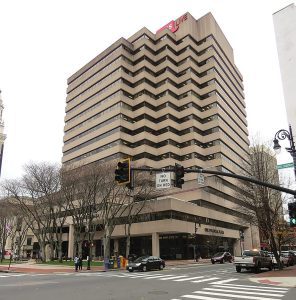
A pending deal could bring 1350 Main to 80% occupancy.
But those numbers are much improved through the absorption of more than 60,000 square feet of space, most of it through the arrival of those two state agencies mentioned above.
DCF, formerly located on High Street in the former Wesson Hospital, now occupies two full floors, seven and eight (last occupied by Unicare and vacant for more than 15 years) and a large part of the 13th floor as well.
Meanwhile, the Committee for Public Counsel Services and its Public Defender division, Children and Family Law unit, and Youth Advocacy division now occupy the entire sixth floor, space that had not been occupied since 2012.
Overall, Plotkin and his partners invested nearly $4 million to renovate those spaces and turn the lights back on, he said, adding that these investments have paid off in long-term leases (10 years in each case) from both of those agencies.
Their arrival brings overall occupancy in the building to roughly 70%, a nearly 20% jump, he said, adding that the number could go higher still if a promising lead to lease the top two floors, 16 and 17, comes to fruition.
“Arguably, it’s the nicest space in the city,” he told BusinessWest. “There are outdoor balconies — you can see Hartford from there — and it’s all furnished; there’s even a separate elevator for those two floors and a winding staircase that connects the two floors.
“And we have a very interested party that we’re talking to now that wants the entire two floors; that’s another 30,000 square feet,” he said, adding that the space was most recently occupied by Disability Management Services, which left to take a smaller footprint in Tower Square in 2022. “I have a very good feeling that this is going to work.”
Space Exploration
If the deal comes to fruition, that will bring the building to 80% occupancy and take 90,000 square feet of class-A space off the market in roughly a year, both impressive developments at a time when the office market has been struggling and there has been speculation, from Plotkin and others, about whether some office facilities could or should be retrofitted for other uses.
“Everyone’s looking at how you reposition office properties when you have so much vacancy coming on the market,” he said. “So these have been very important and meaningful steps for this market.”
“To have that kind of absorption in the downtown office market helps everyone in the downtown. It’s all about supply and demand; there’s been a lot of vacancy in the downtown, and when there’s vacancy, we have to be very cost-effective and competitive in our pricing; when there’s that much space in the market, there’s downward pressure on lease rates.”
And he projects that the overall commercial real-estate market will continue to fare well in 2024. Indeed, he said the market is showing positive signs in most major categories, including office, retail, and industrial.
The recent new additions at 1350 — and the promise of more — inspired Plotkin and his partners to bring valet parking back to the property.
It was initiated several years ago but rendered unnecessary at the height of COVID because few were to coming to the building — or any of the surrounding properties, for that matter.
The return of the valet service was made more necessary, he noted, by the demolition of the Civic Center parking garage, which made it necessary for tenants of 1350 Main, new and old, to park in lots further from the property.
When the new garage is open, the valet service will continue, he went on, adding that it will benefit not only his property, but others around it, including City Hall, Court Square, the MassMutual Center, and others.
Likewise, the new employees now coming to the building every day, as well as the agencies’ clients and customers of establishments like Keezer’s, should help existing and potential new businesses in the downtown, he noted, adding that the developments at 1350 Main are just part of a surge in momentum he’s seeing downtown.
Elaborating, Plotkin, who has worked downtown for more than 40 years and has long been a champion of the city and its central business district, said the needed ingredients for a successful downtown are coming into focus. These include people, places to live, things to do, and hospitality-related businesses such as restaurants and clubs.
People are perhaps the biggest ingredient, he said, adding that this means residents, workers, and visitors. Workers have been in shorter supply since COVID, he noted, and downtown businesses have certainly felt the pinch.
“That’s why what’s happening here at 1350 Main is so exciting to me,” he said. “All those new employees will patronize restaurants, businesses, banks, and stores. It’s an opportunity for a lot of good things to happen.”
Or more good things, to be specific.



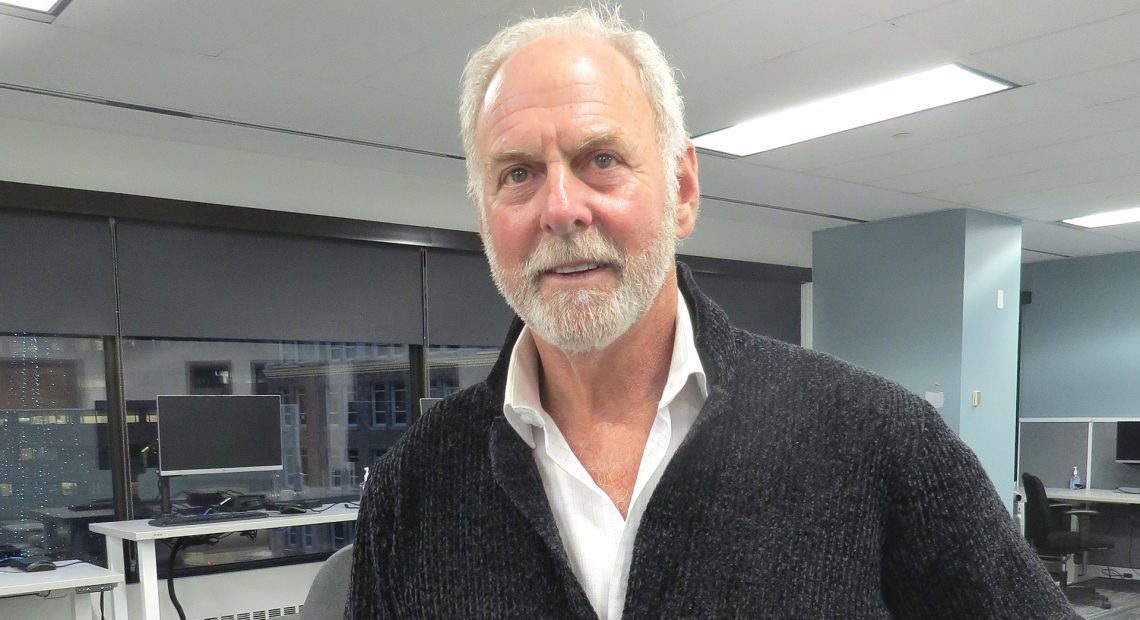
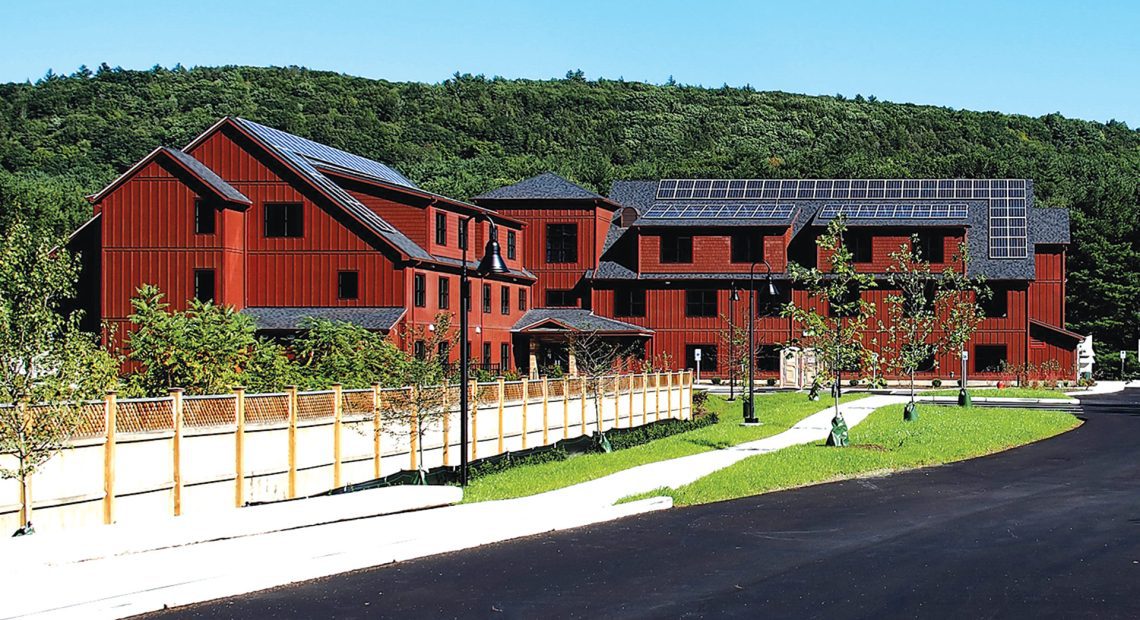
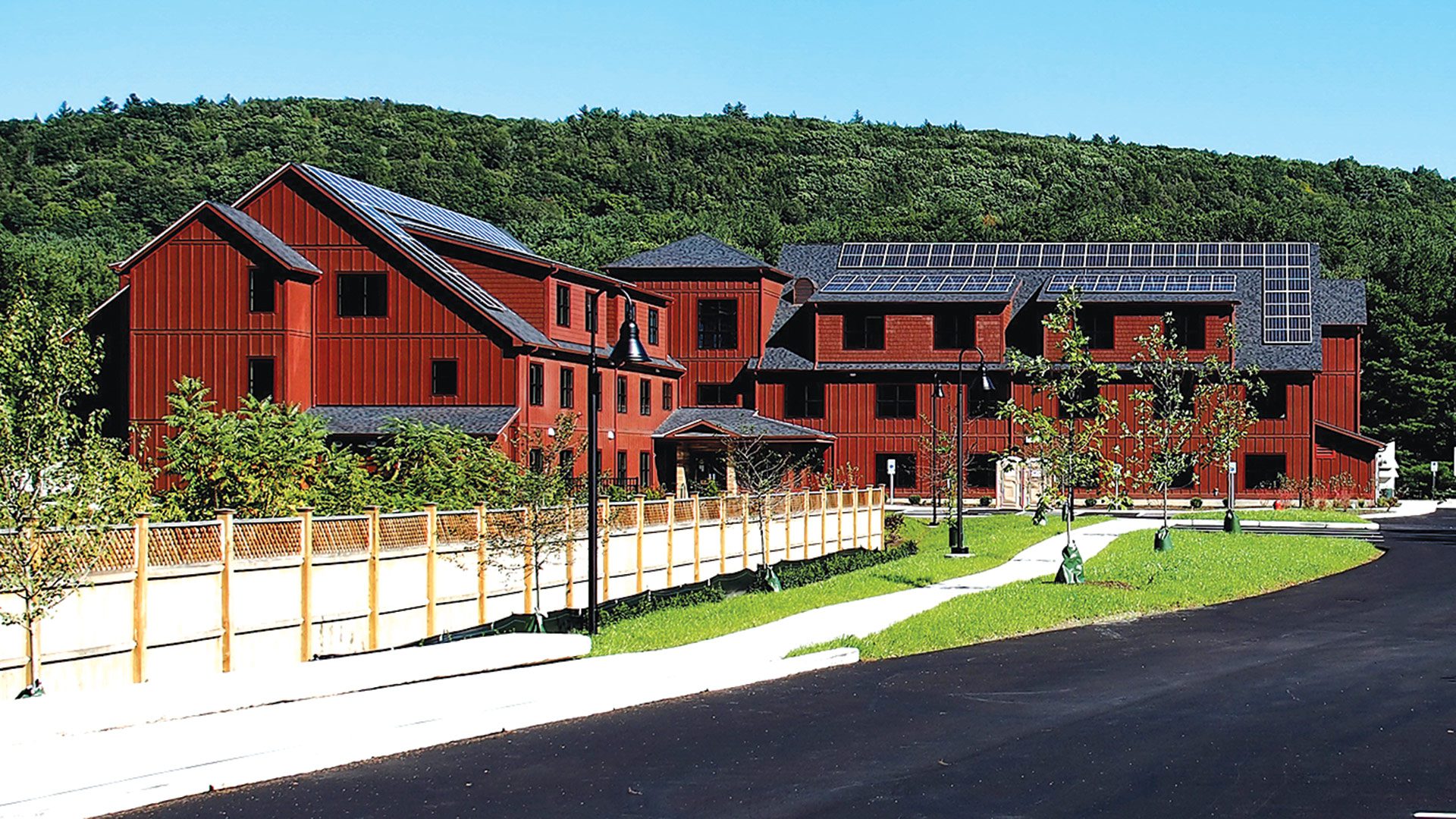
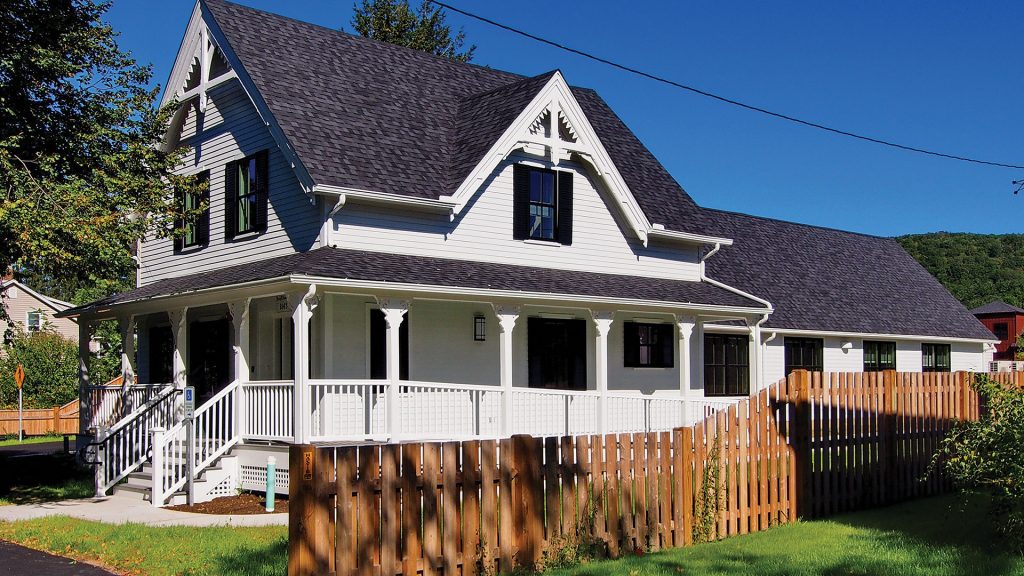



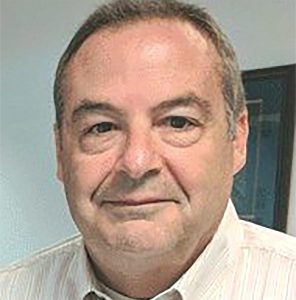









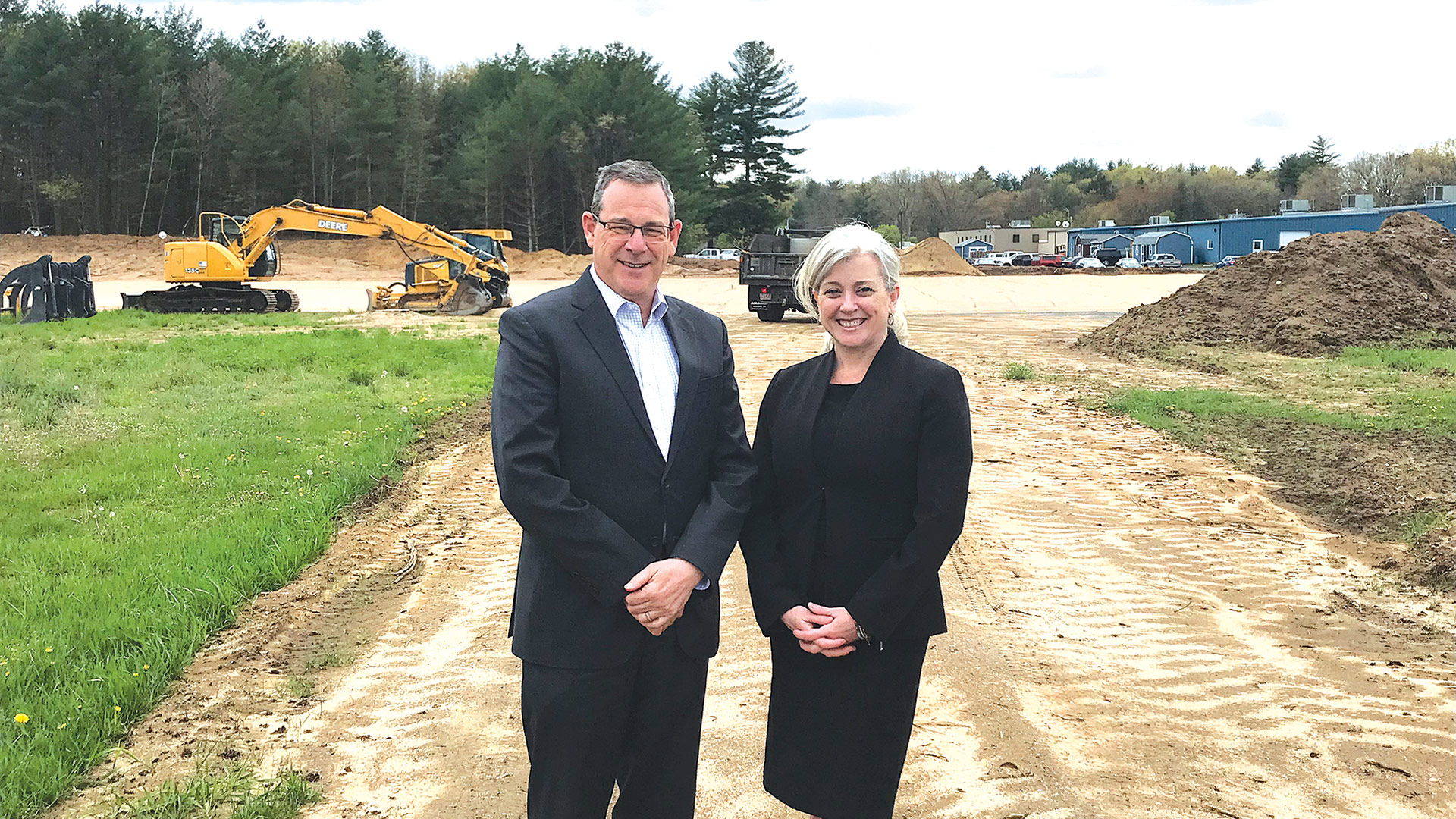


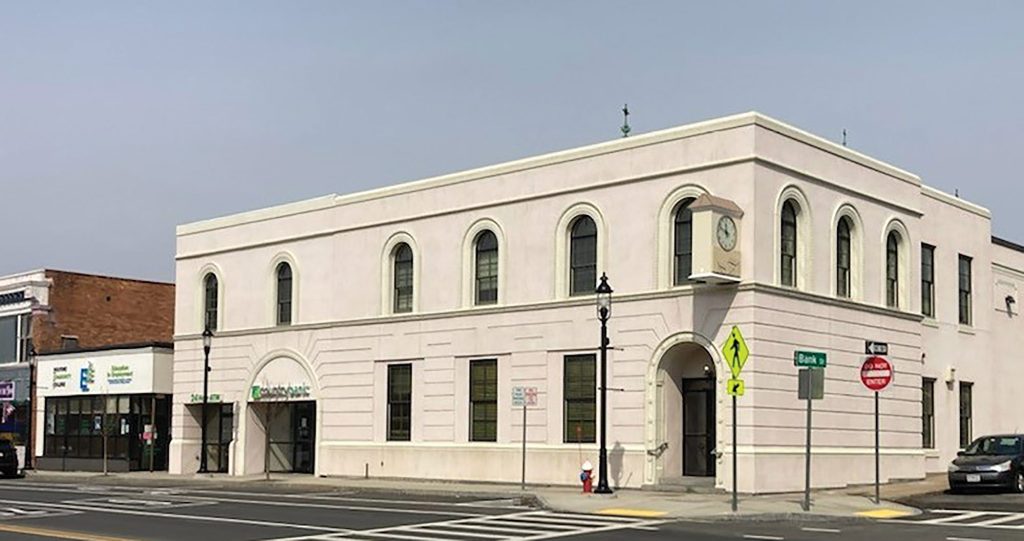


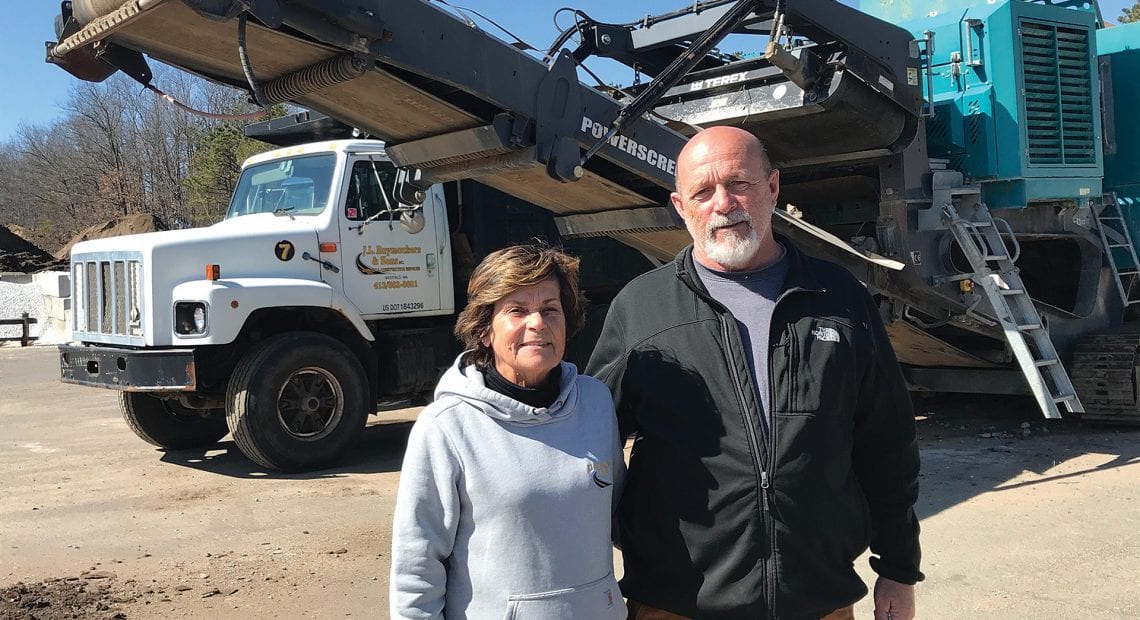

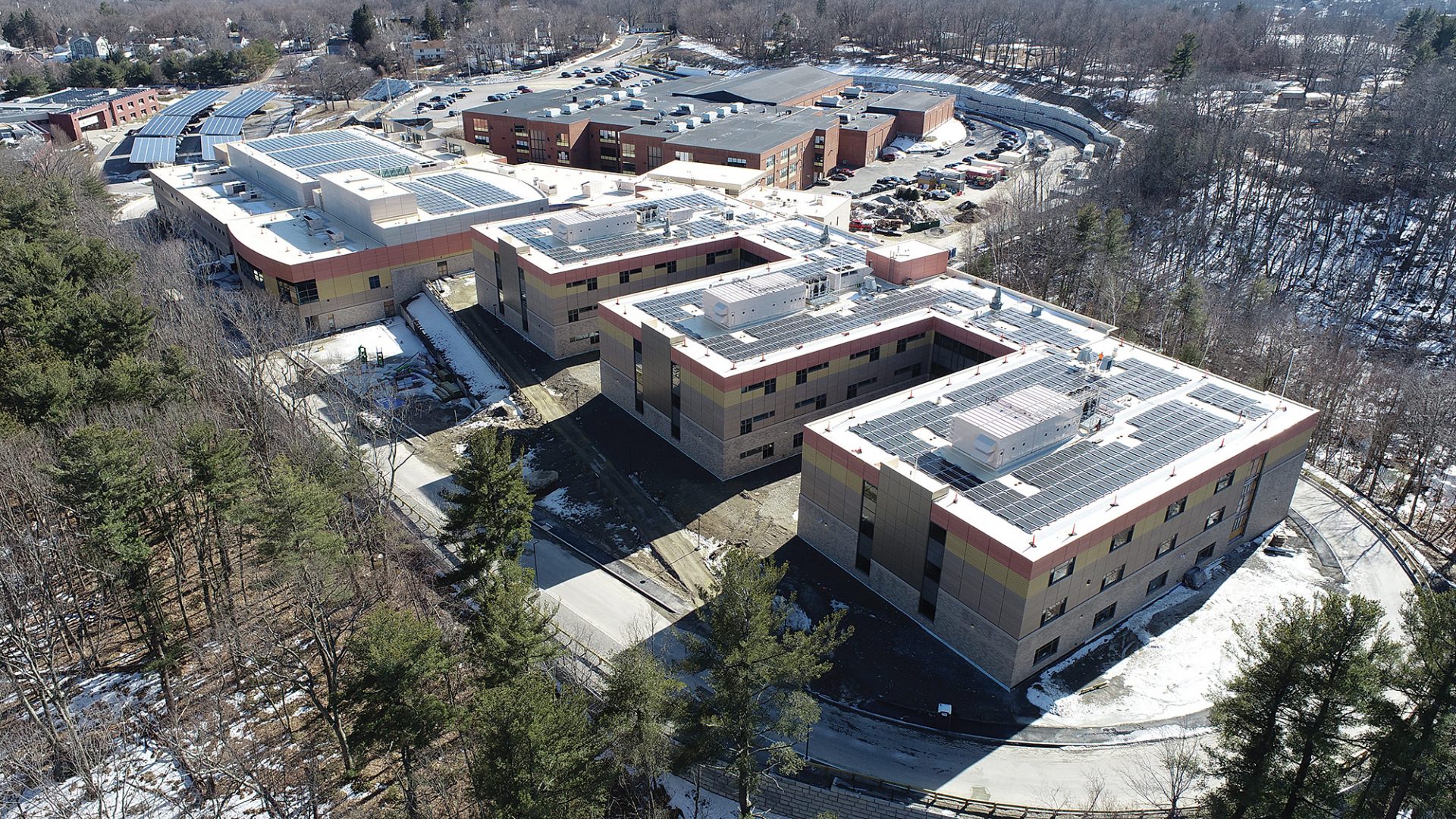
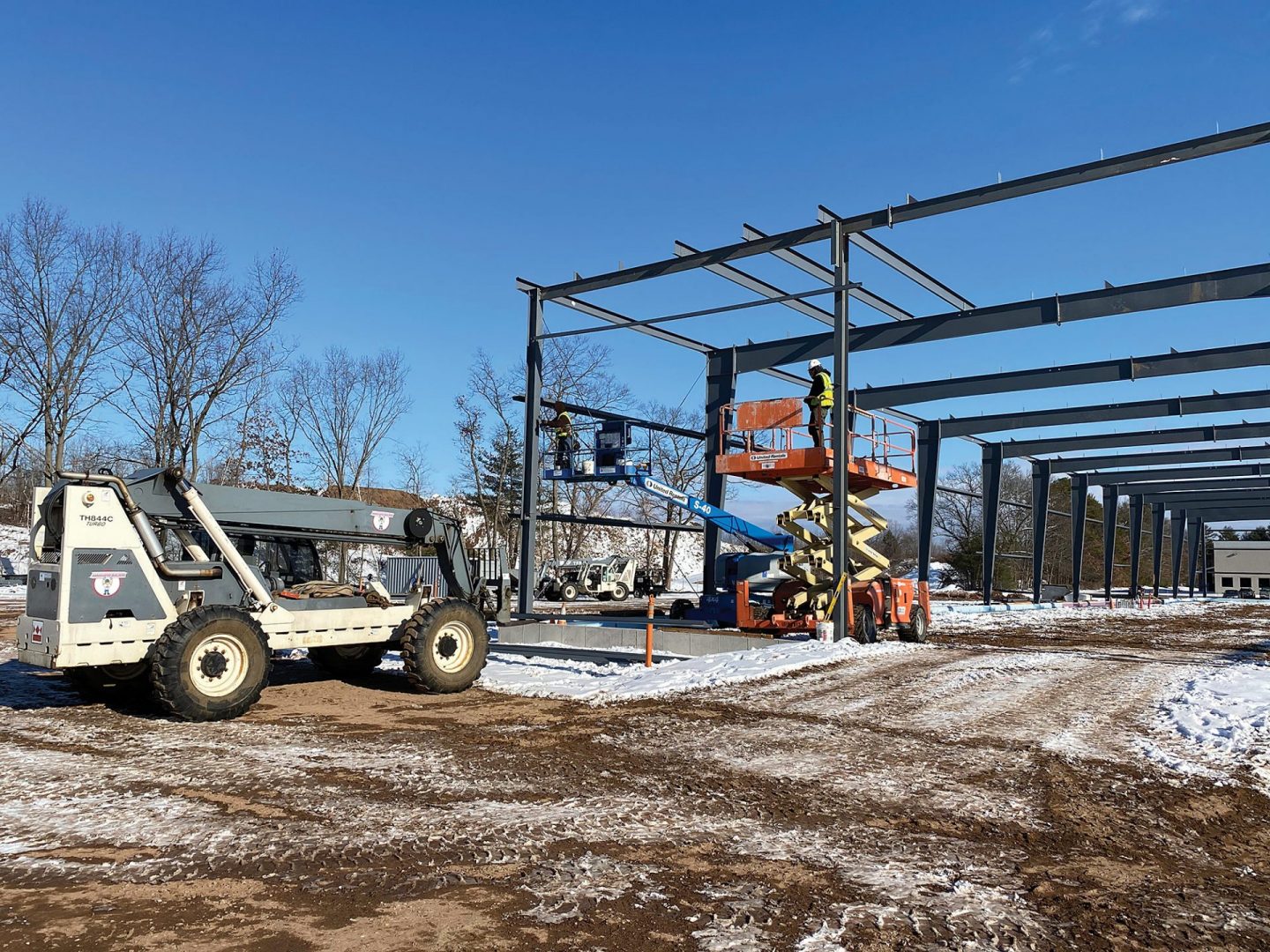
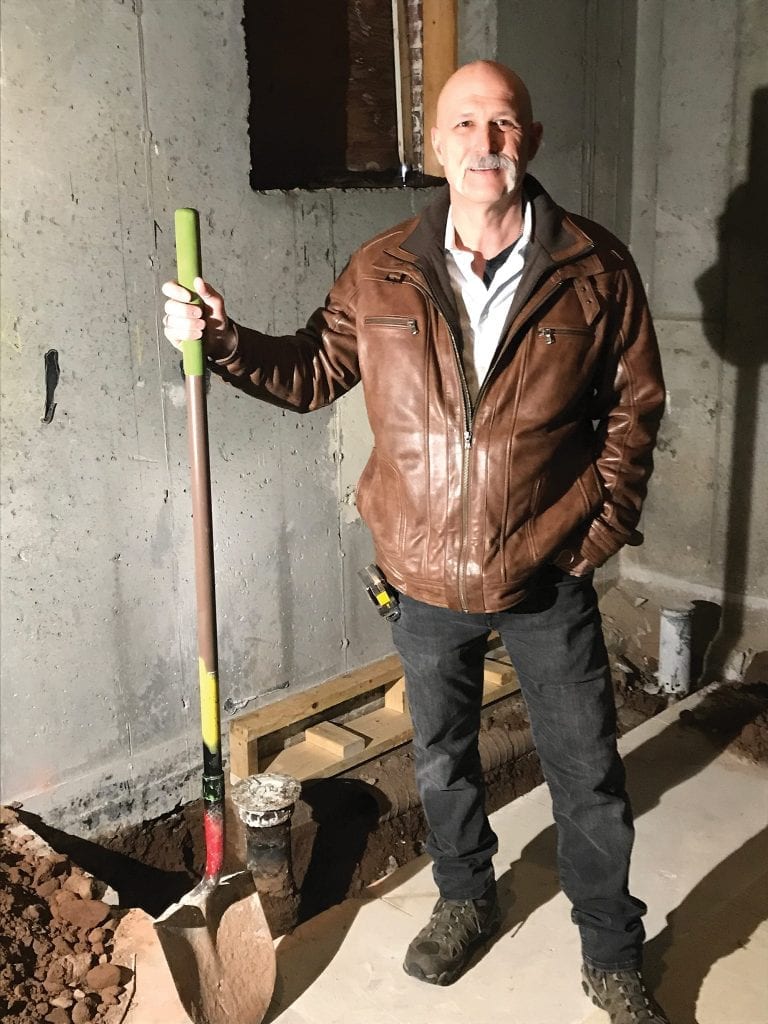

 As the largest private landowner in Massachusetts, with properties in 30 towns, the Cowls family is especially synonymous with North Amherst, where it has made its headquarters — and an enduring legacy in lumber and conservation — for 279 years. These days, Cinda Jones, the ninth-generation president of
As the largest private landowner in Massachusetts, with properties in 30 towns, the Cowls family is especially synonymous with North Amherst, where it has made its headquarters — and an enduring legacy in lumber and conservation — for 279 years. These days, Cinda Jones, the ninth-generation president of 